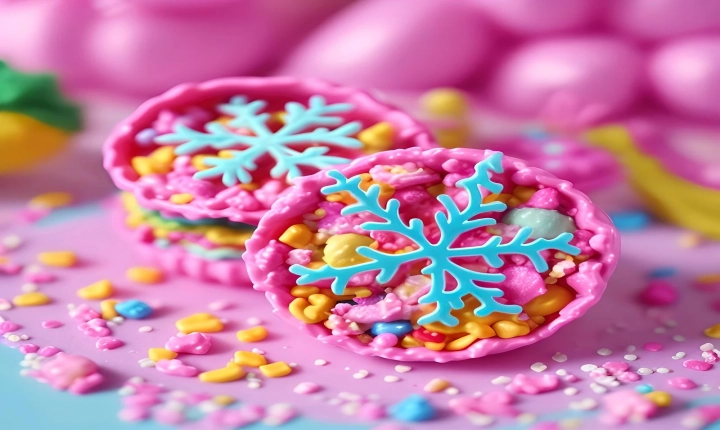AI Drawings: The Evolution of Artistic Creativity
The world of art has always been a space for human creativity, expression, and ingenuity. However, with the advent of artificial intelligence (AI), a new form of artistic expression has emerged – AI drawings. These drawings are created entirely by machine learning algorithms, raising questions about the nature of creativity, the role of the artist, and the impact of AI on the art world.
AI drawings are generated using deep learning algorithms that have been trained on vast datasets of images, paintings, and other visual art forms. These algorithms analyze the patterns, styles, and motifs present in the dataset and learn to generate new images that mimic the characteristics of the original data. The resulting drawings can range from realistic portraits to abstract compositions, often blurring the line between human and machine creativity.
One of the most fascinating aspects of AI drawings is their ability to produce art that is both familiar and entirely new. By drawing on centuries of artistic traditions and styles, AI algorithms can create images that resemble the works of famous artists, from Renaissance masters to modern abstract expressionists. At the same time, AI drawings often feature unexpected twists, distortions, and combinations that challenge conventional notions of artistic originality and authorship.
The rise of AI drawings has sparked a lively debate about the role of the artist in the creative process. Some argue that AI drawings represent a form of collaborative creativity, where the human artist works in partnership with the machine to bring forth new artistic visions. Others, however, worry that AI drawings could diminish the value of human artistic labor and expertise, leading to a devaluation of traditional art forms and techniques.
Furthermore, AI drawings have raised complex ethical and legal questions regarding intellectual property and copyright. Who owns the rights to an AI-generated drawing? Can an AI algorithm be considered an artist in its own right? These questions challenge our understanding of authorship, originality, and ownership in the digital age, and are likely to have profound implications for the future of art and its market.
Despite the controversies surrounding AI drawings, many in the art world see them as a source of inspiration and innovation. Artists, art historians, and curators are exploring how AI can enhance the creative process, offering new tools and perspectives for artistic expression. Museums and galleries are also beginning to showcase AI drawings as part of their collections, recognizing their cultural and historical significance.
In conclusion, AI drawings represent a fascinating intersection of art and technology, offering new possibilities for creative expression and aesthetic experience. While they may challenge our traditional notions of artistic authorship, originality, and ownership, AI drawings also invite us to reexamine the nature of creativity and artistic innovation in the digital age. As AI continues to develop and evolve, it is clear that the boundaries between human and machine creativity will become increasingly blurred, raising important questions about the future of art and its place in society.
